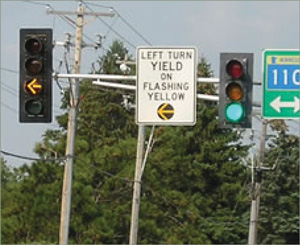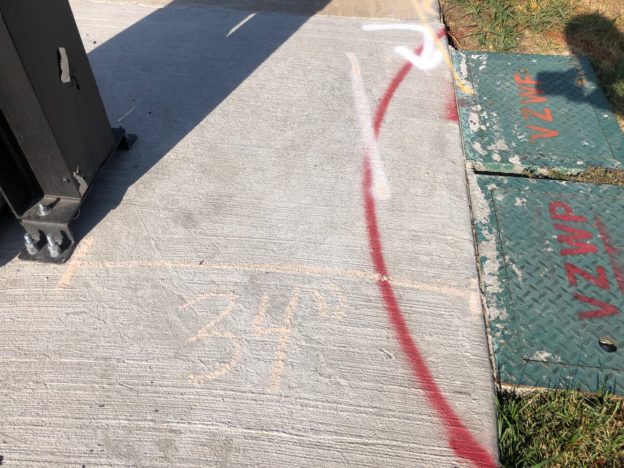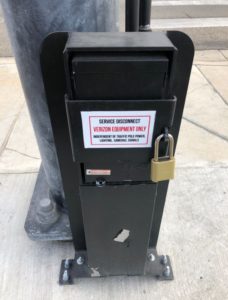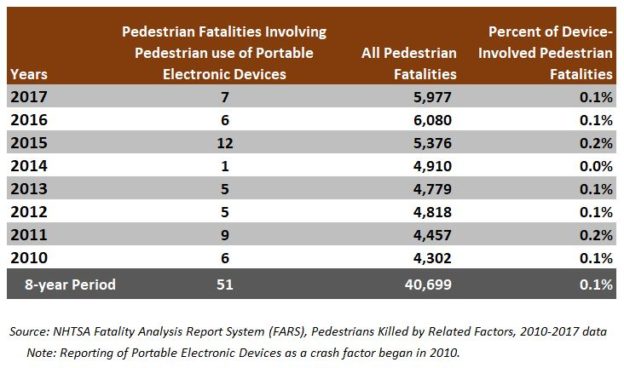By Don Kostelec
October 2, 2019
“Engineers shall hold paramount the safety, health and
welfare of the public…” – Canon 1, ASCE Code of Ethics.
Jim Tymon, Executive Director of AASHTO, tweeted on September 23: “The top priority for state DOTs & @aashtospeaks has been – and will always remain – the safety of all #transportation system users.”
The horse came up lame before Tymon’s memo reached Idaho, apparently.
A year ago a motorcyclist was killed as he rounded a curve in Boise’s I-184 as is approaches downtown. He fell in a gap of the structure between the eastbound and westbound lanes and died as a result of the fall. Investigators determined he was traveling at an unsafe speed when he crashed, the results of which are amplified by the curve in the highway and the gap between the two structures.
Engineers shall hold paramount the safety, health and welfare of the public.
The victim’s brother has come to the fore with a solution: Putting a net or similar barrier in the gap so when people do crash, the result of the crash is not as catastrophic. The Idaho Press article notes there are several similar crashes in this location.
Continue reading



